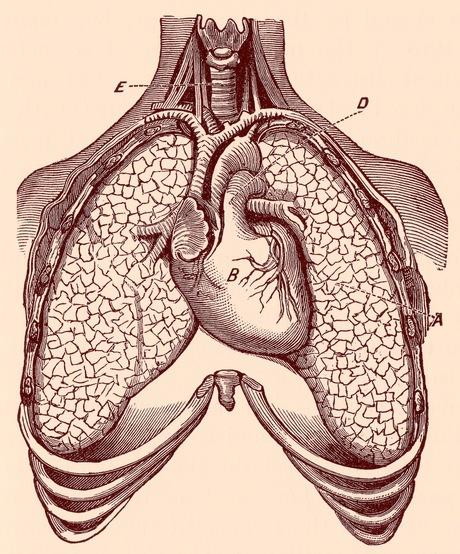Four-dimensional lung X-ray wins award

Dr Stephen Dubsky from Monash University has won the 2013 Australian Synchrotron Stephen Wilkins Thesis Medal for developing a new way to obtain highly detailed X-ray ‘videos’ of blood flow and tissue movement in the lungs.
Dubsky’s achievement was part of his PhD research at Monash University under the supervision of Associate Professor Andreas Fouras and is set to improve our ability to diagnose and treat asthma and lung cancer.
The new X-ray imaging technique uses the brightness and coherence of synchrotron radiation to obtain high-speed 4D images of the cardiovascular and respiratory systems. The images are described as 4D because they show changes in three dimensions over time, with time being the fourth dimension.
With the support of the Australian Synchrotron’s International Synchrotron Access Program, Dubsky made 10 trips to the SPring-8 synchrotron in Japan, where he spent more than 3000 hours conducting experiments and refining his X-ray imaging methods.
Dubsky is now using the Imaging and Medical Beamline (IMBL) at the Australian Synchrotron to accelerate the development of practical lung imaging methods for asthma, cystic fibrosis lung disease, emphysema and lung cancer. He also lectures engineering technology students and has co-founded a spin-off business to pursue his goal of realising commercial and clinical applications for community benefit.
The Australian Synchrotron Stephen Wilkins Thesis Medal is named in honour of synchrotron pioneer Stephen Wilkins.
“The thesis medal honours Stephen Wilkins’ creativity and his devotion to nurturing the next generation of scientists,” says Professor Andrew Peele, interim director of the Australian Synchrotron.
“It’s a great privilege to acknowledge the achievements of young researchers such as 2013 thesis medal winner Stephen Dubsky who share our passion for synchrotron science and enthusiasm for new ideas.”
The award was presented to Dubsky in Melbourne at the 2103 Australian Synchrotron User Meeting.
The Thesis Medal is awarded annually to the PhD student at an Australian or New Zealand University who is judged to have completed the most outstanding thesis of the past two years, whose work was undertaken at and acknowledges the Australian Synchrotron or the Australian National Beamline Facility (ANBF), or whose work acknowledges and was undertaken under the auspices of the International Synchrotron Access Program (ISAP) or the ASRP.
Specially designed peptides can treat complex diseases
Two separate research teams have found ways to create short chains of amino acids, termed...
Exposure to aircraft noise linked to poor heart function
People who live close to airports could be at greater risk of poor heart function, increasing the...
Predicting the impact of protein mutations with simple maths
Researchers have discovered that the impact of mutations on protein stability is more predictable...



